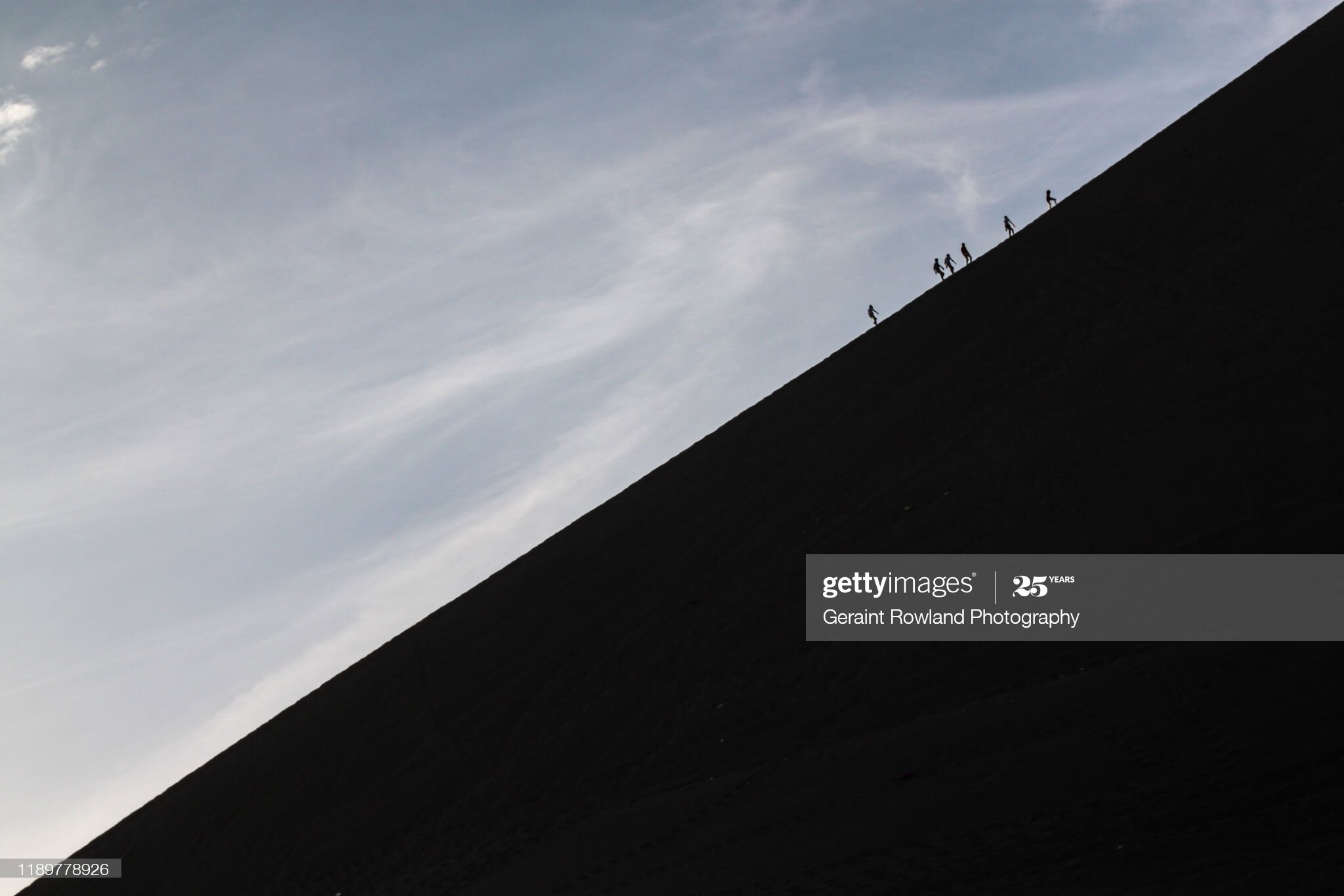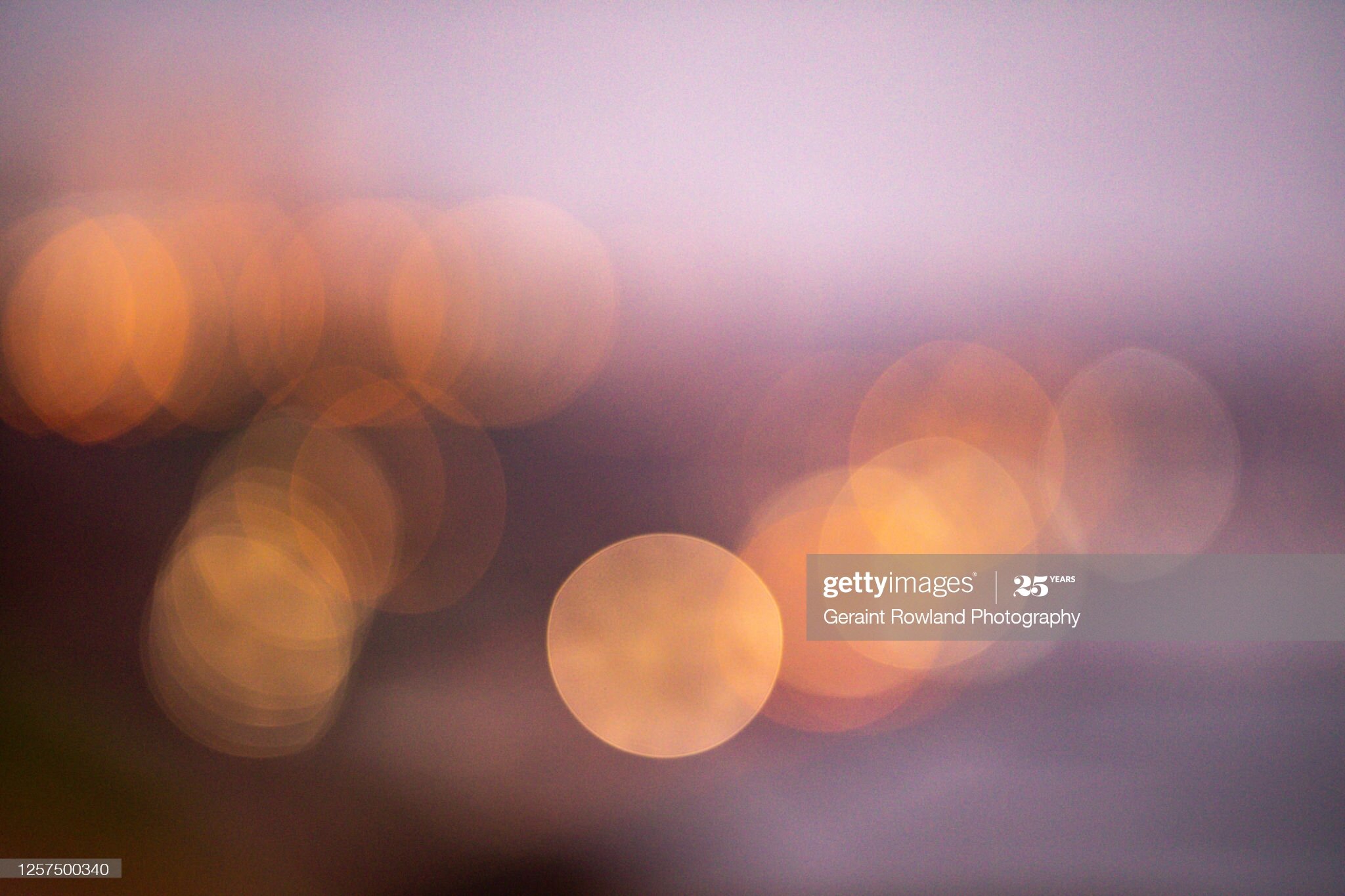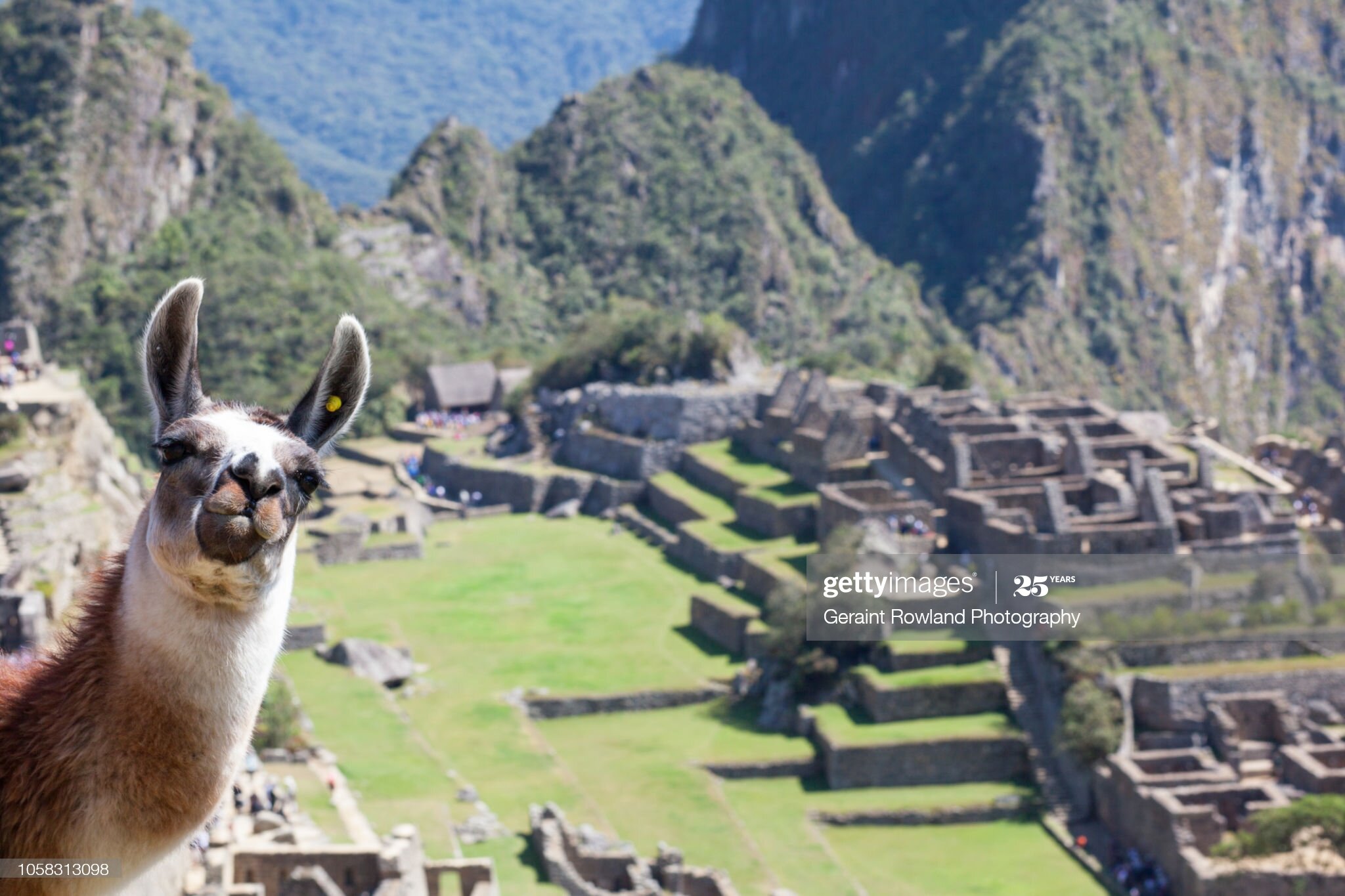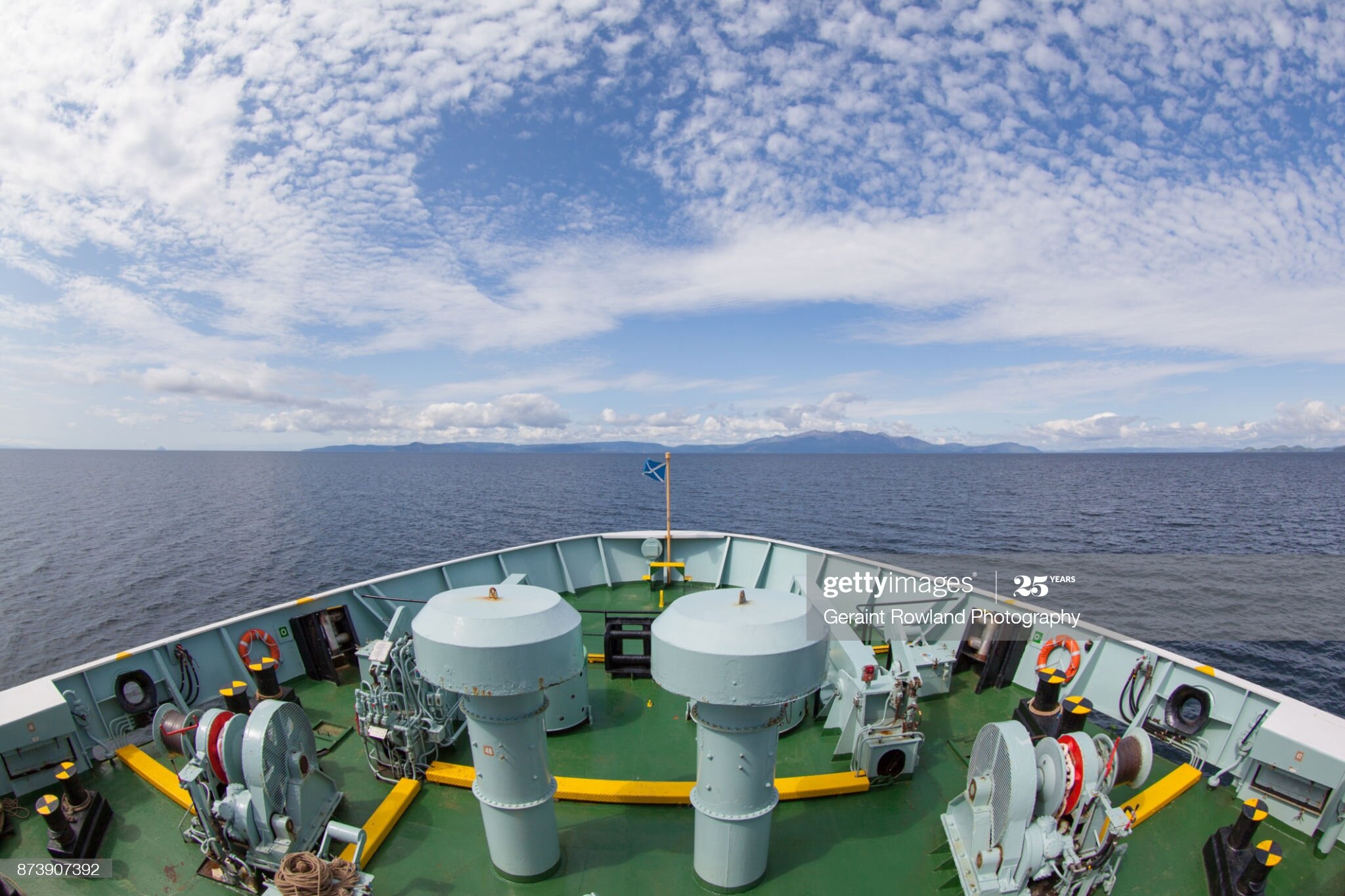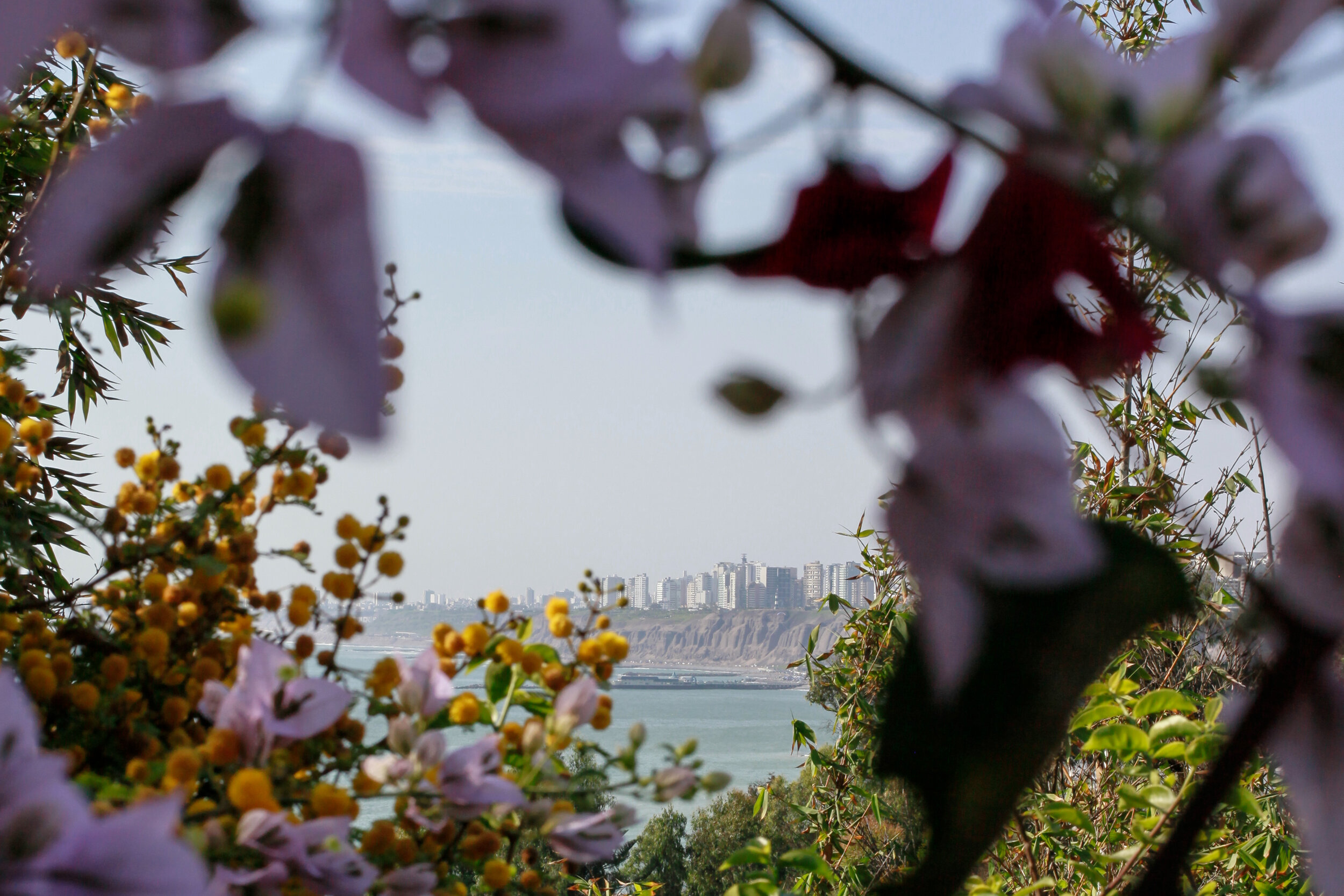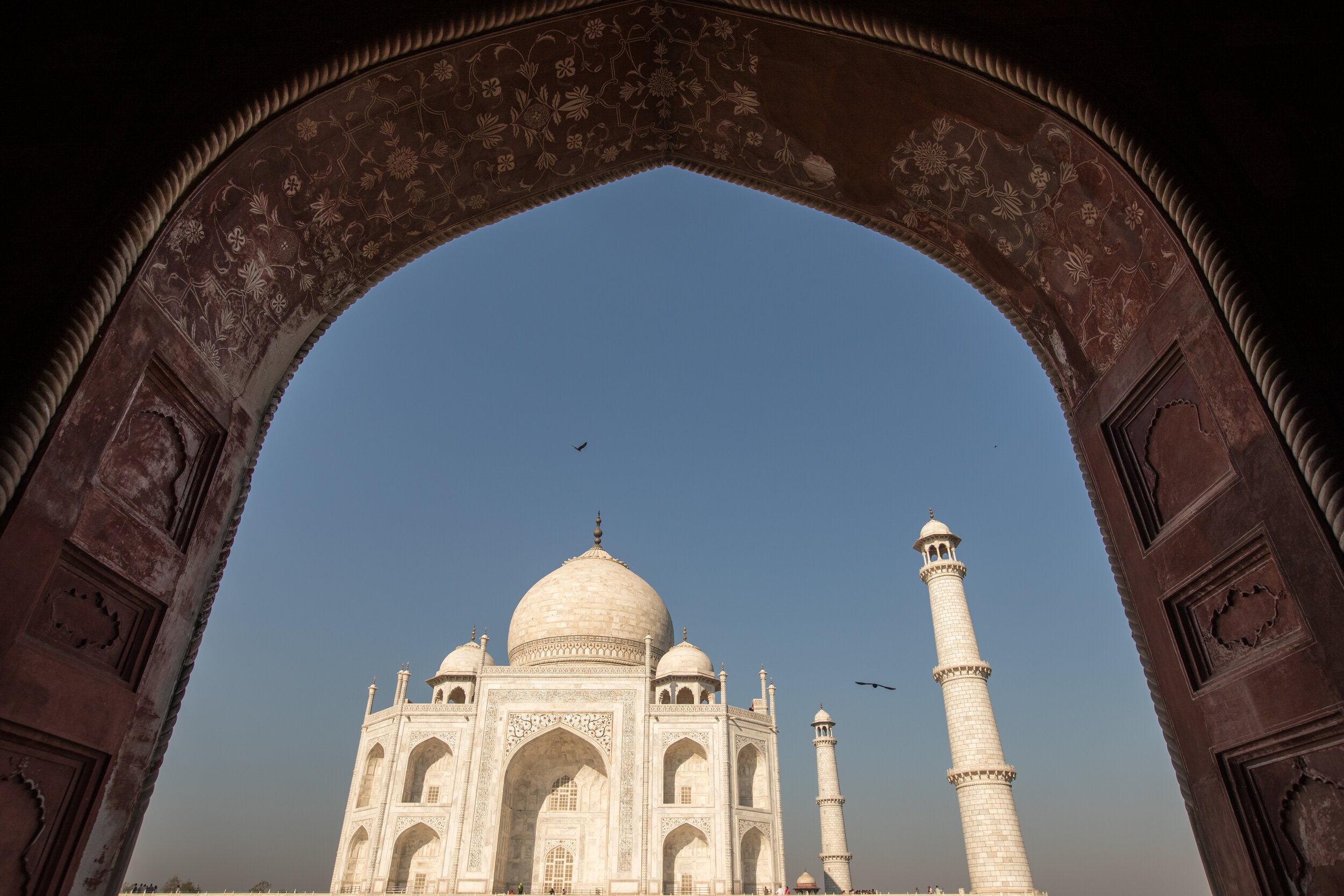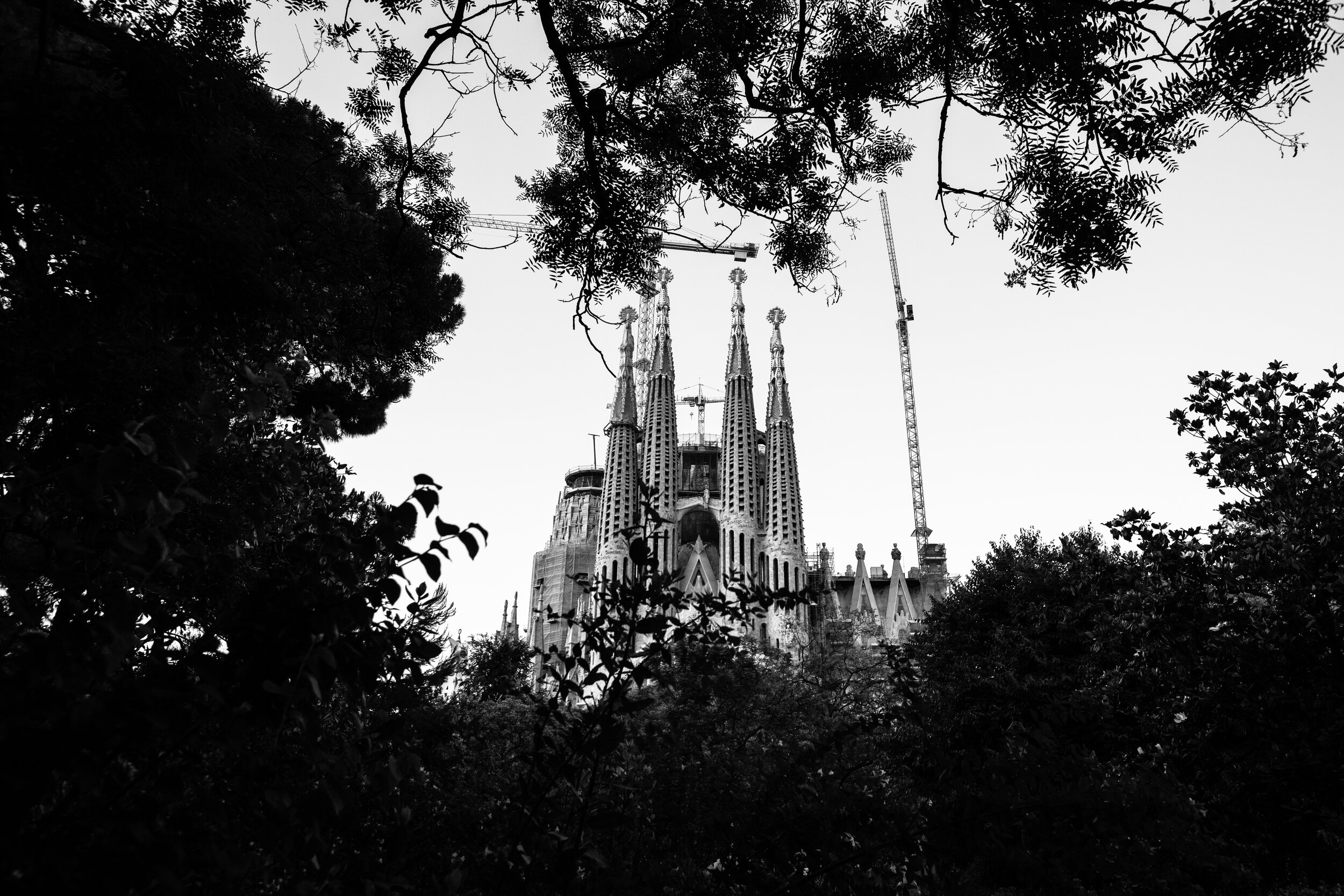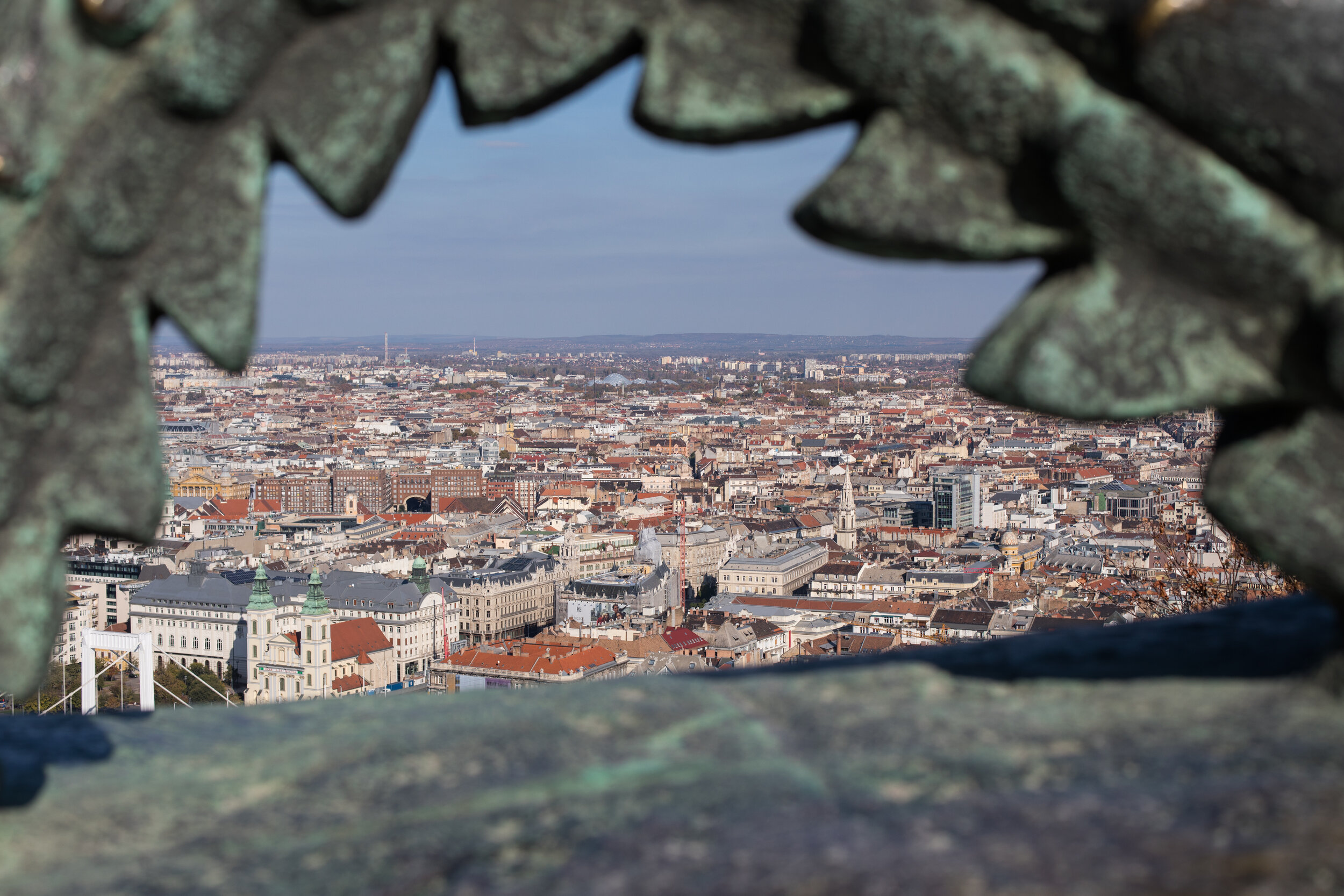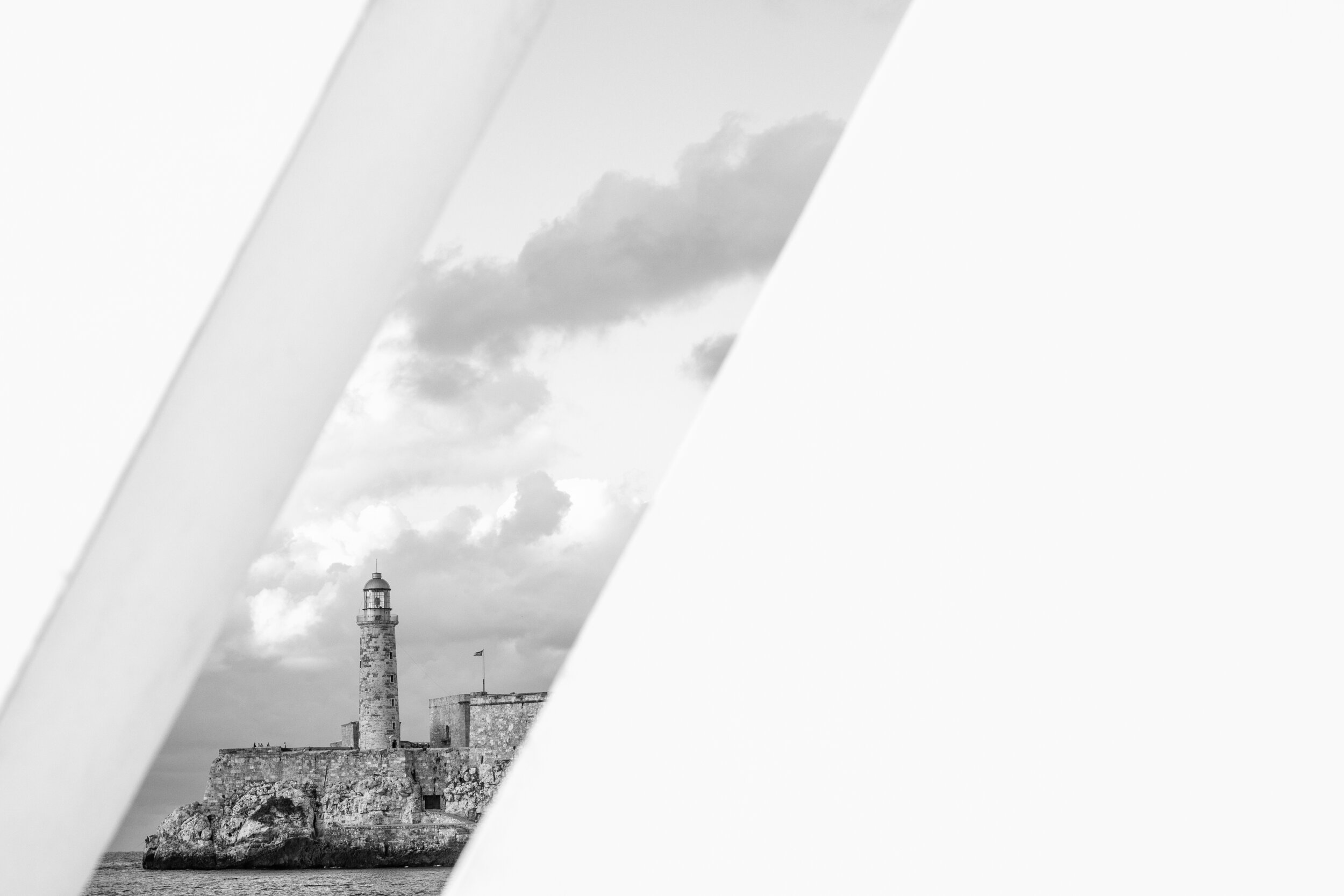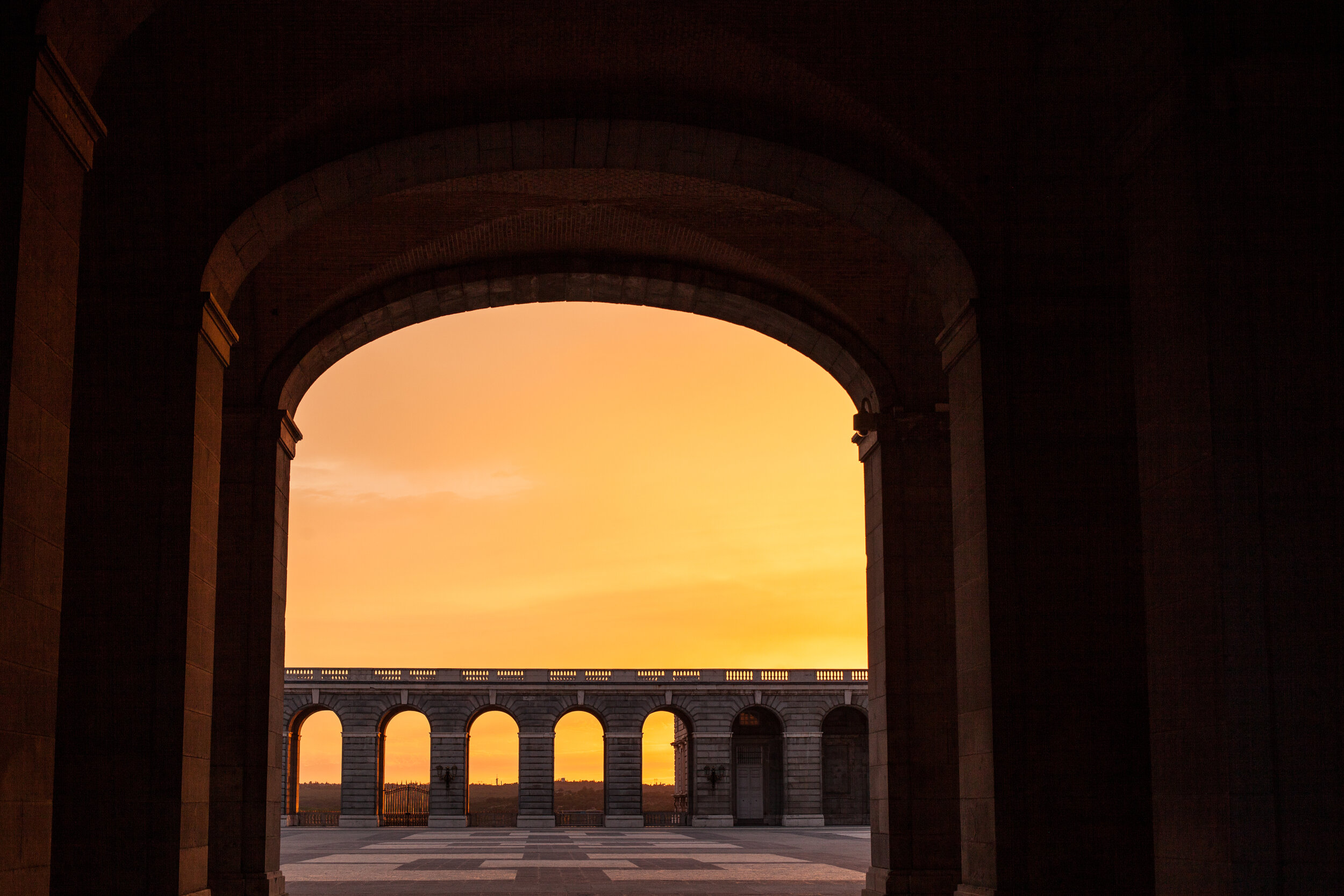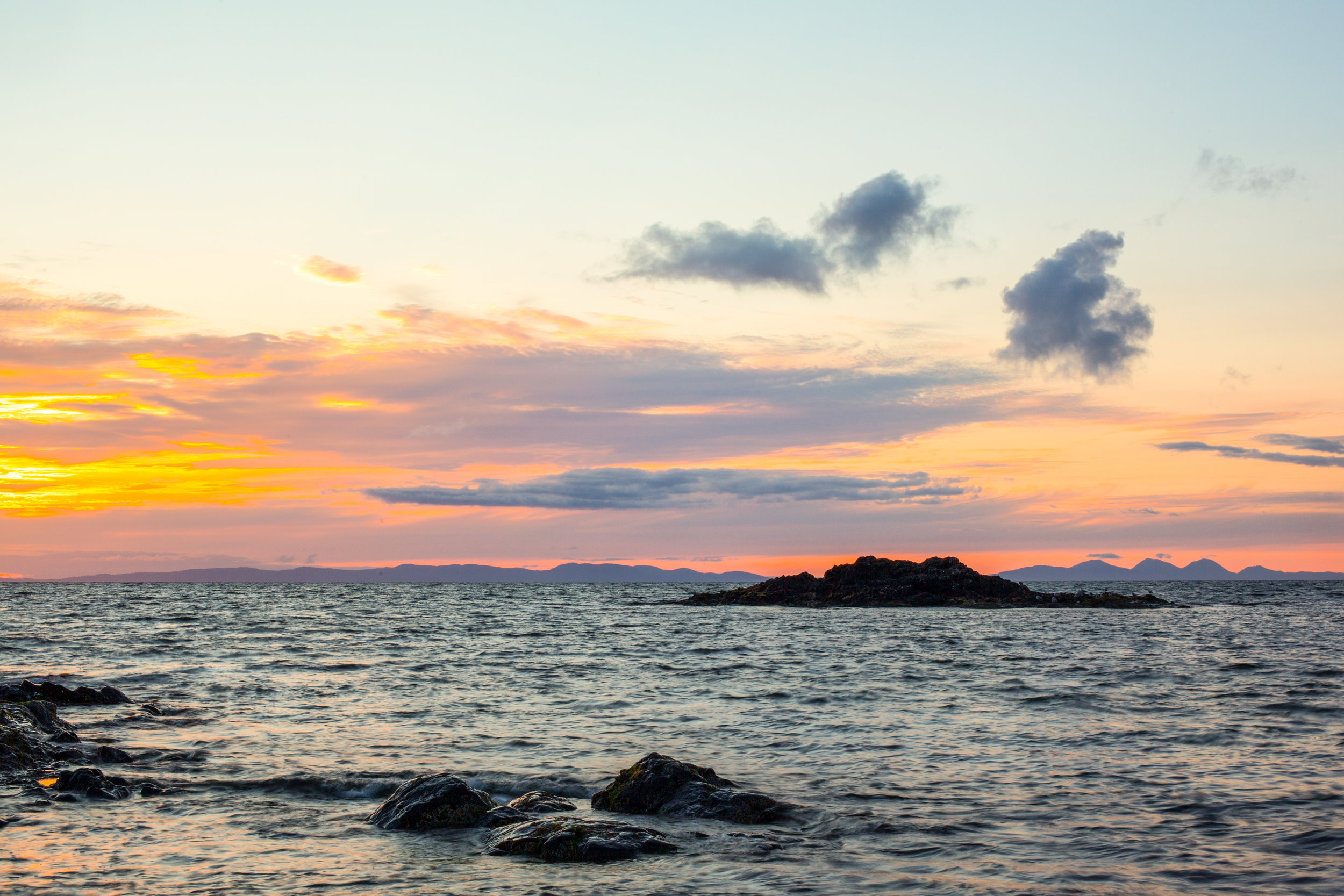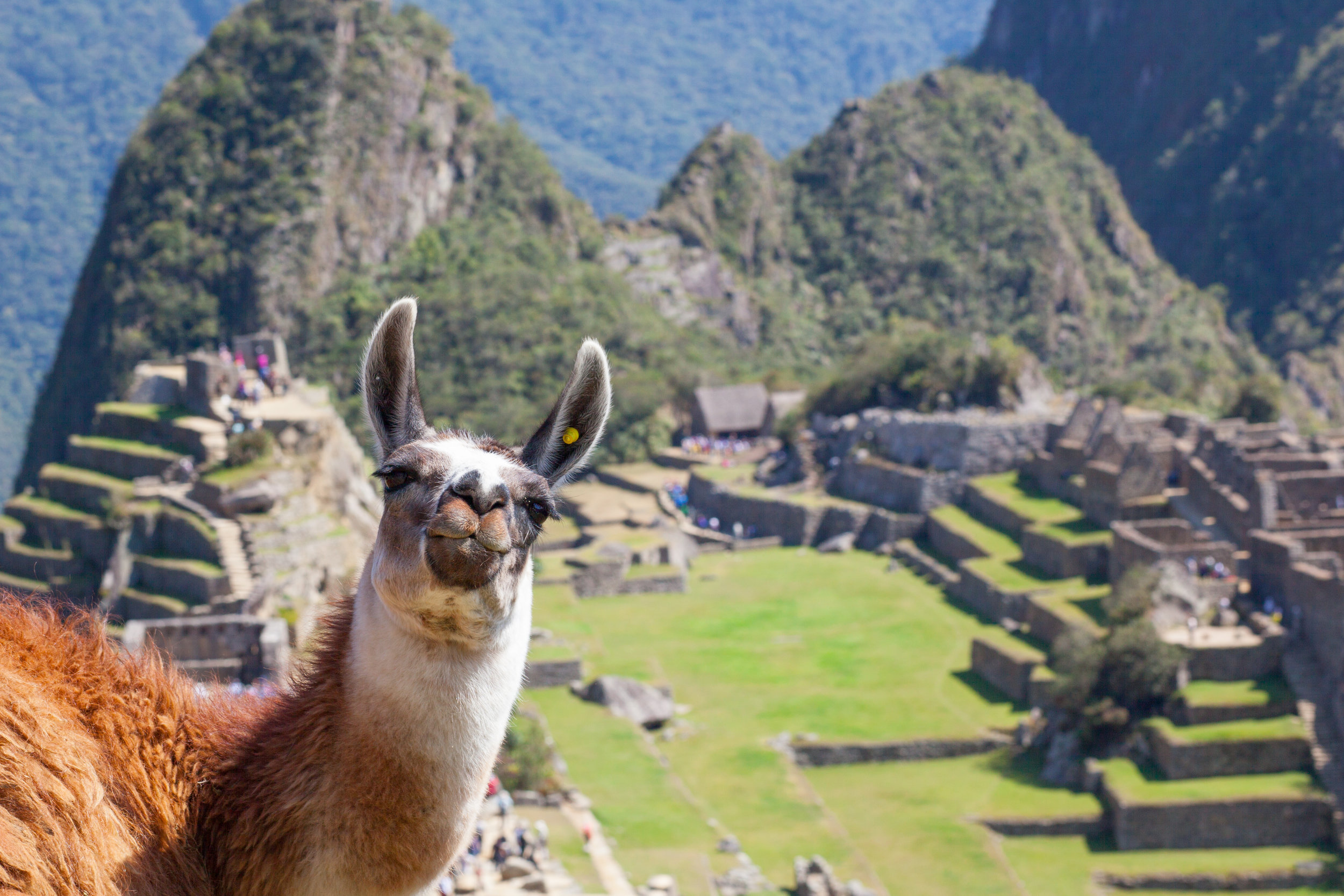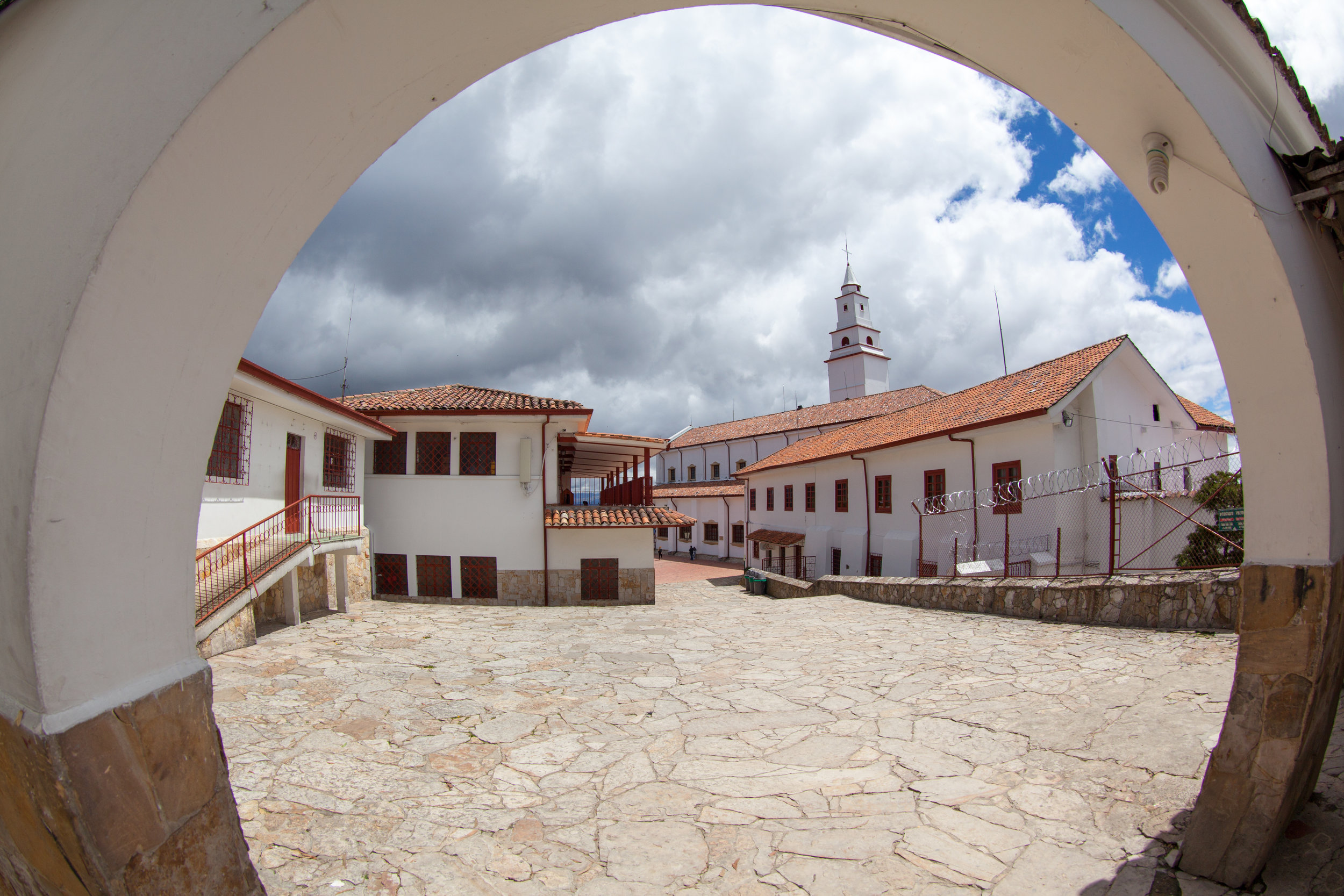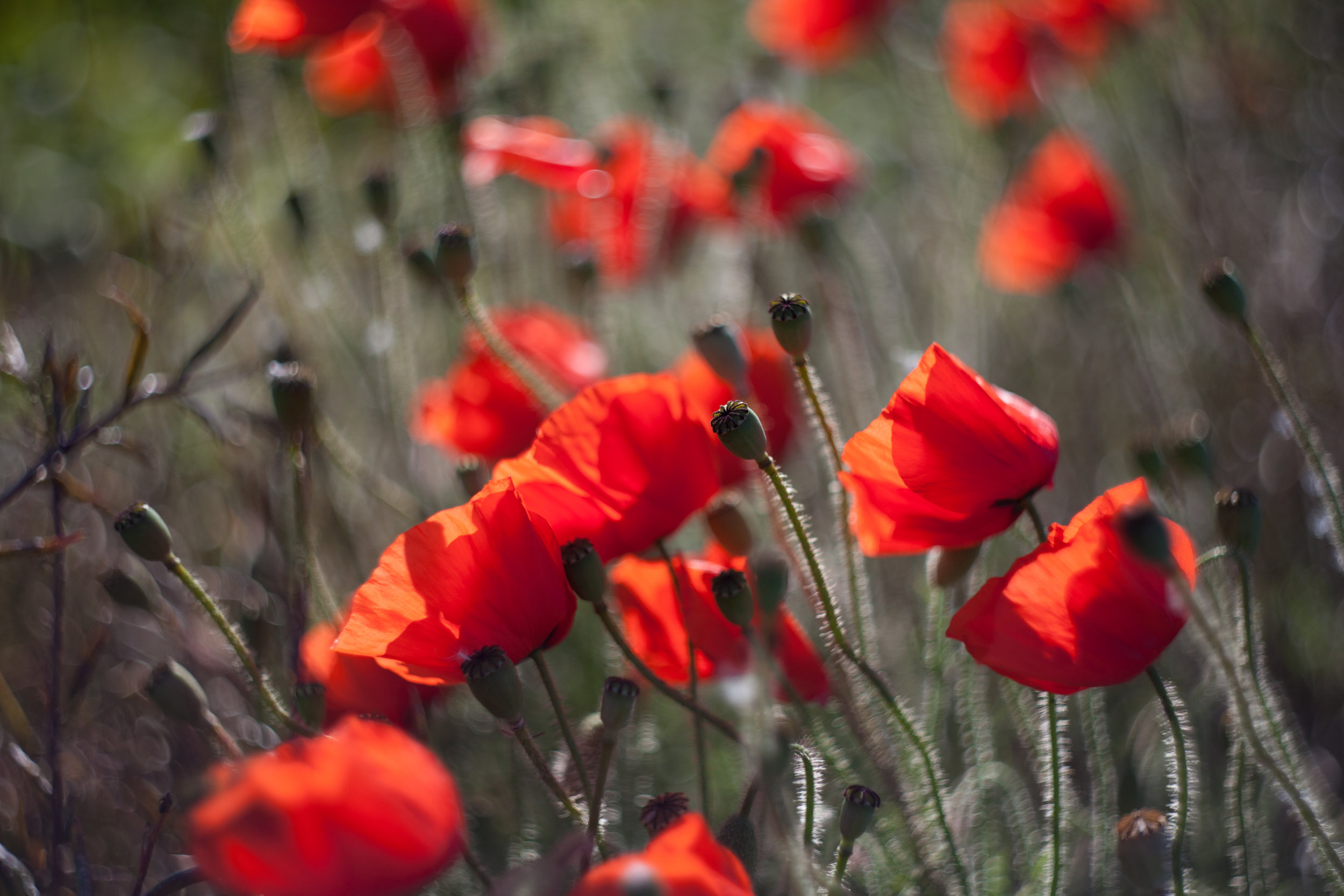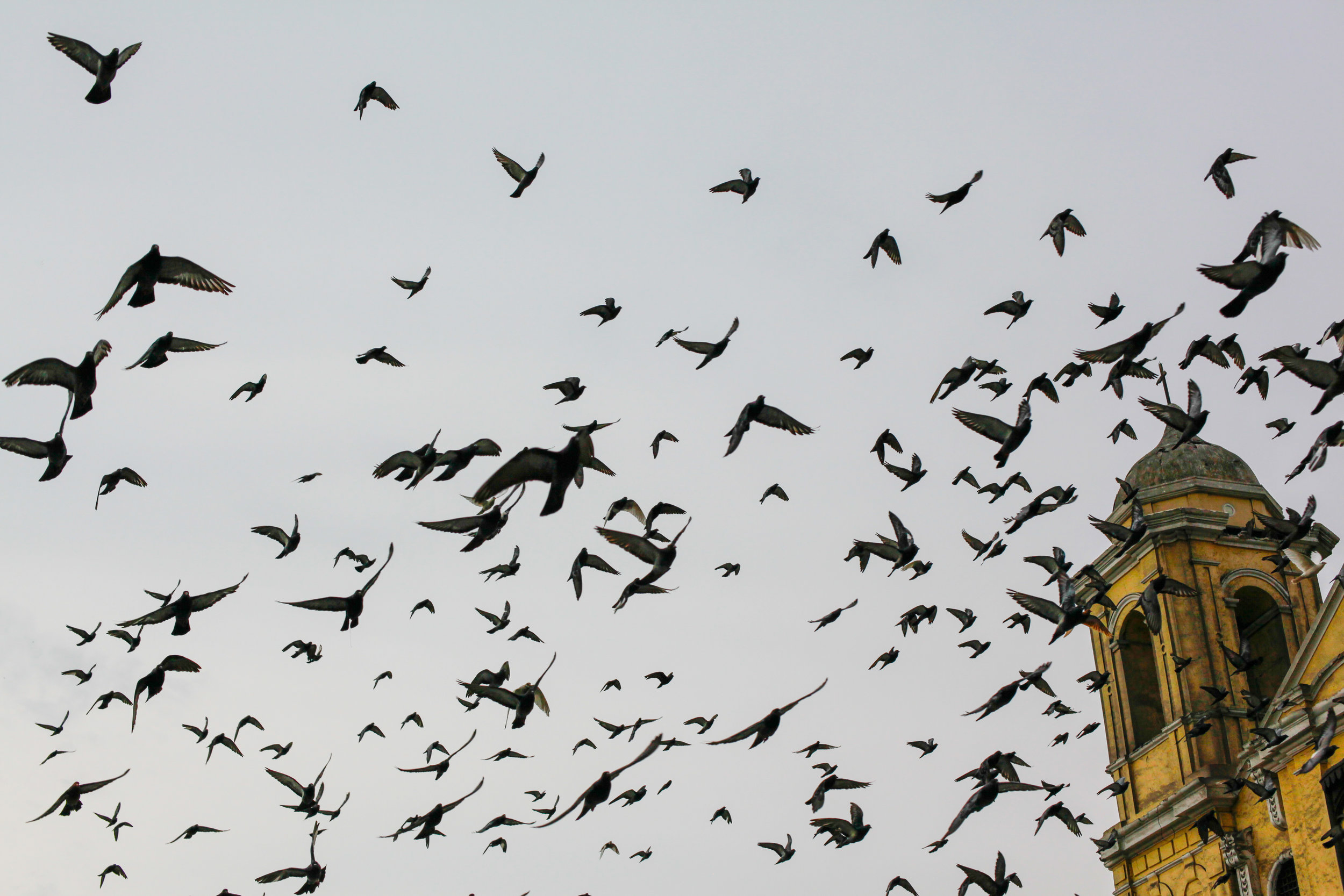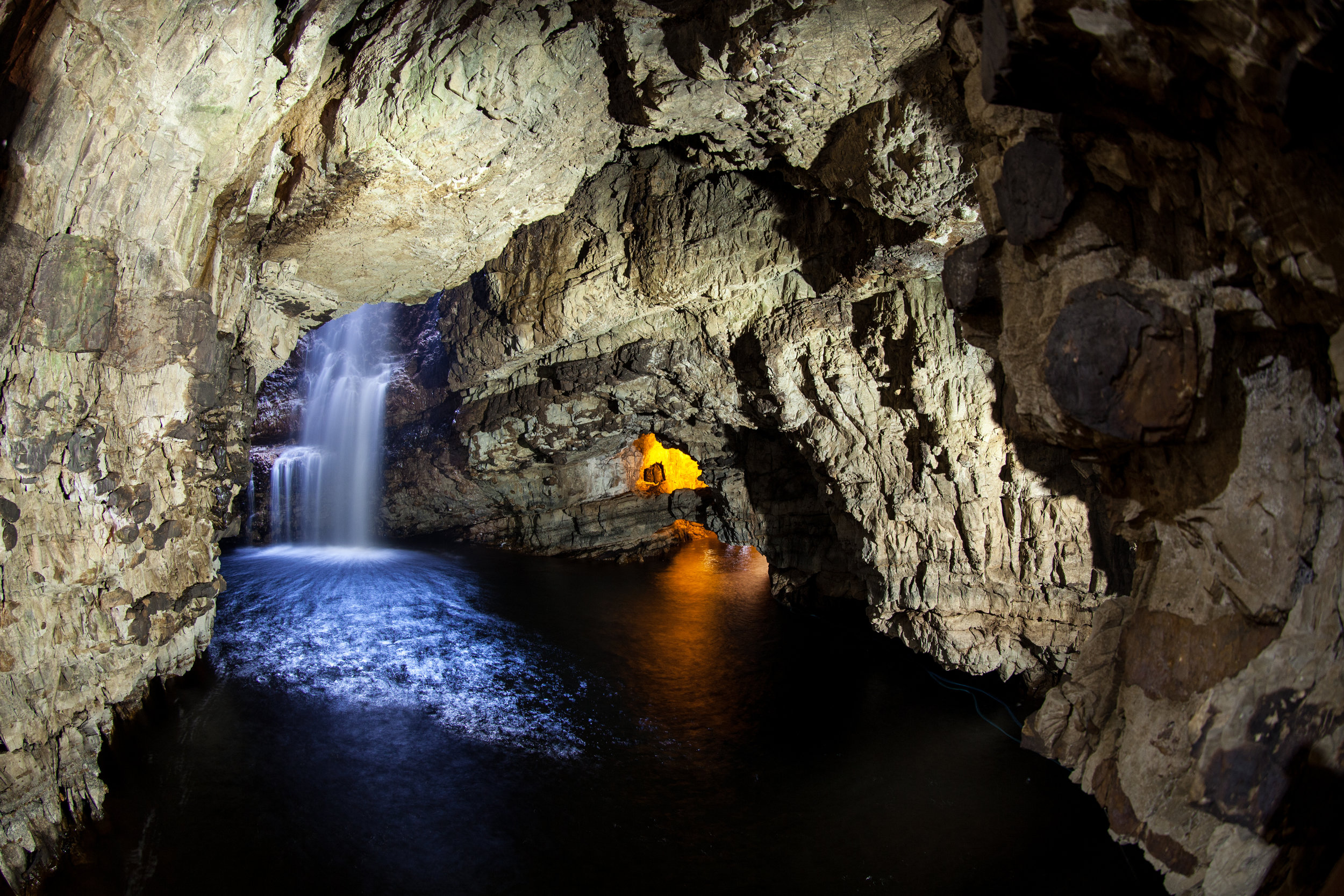During the last six months, whilst in lockdown I have continued to work on my stock photography portfolio. This mundane task involves editing and uploading thousands of old photos to the Getty Images portal. Once on the portal you spend a further number of hours filling in titles, descriptions and adding numerous keywords. I am now back in the UK after spending the majority of the year in Mexico City. At home I have several more hard drives dating back over ten years providing me with thousands of additional travel images to keep me busy with this endless task.
My Current Stock Photography Portfolio
My first experience with stock photography was around ten years ago. Back then I was a new photographer and avid user of Flickr.com, one of the original photo sharing sites. Around this time a handful of my Flickr images were hand picked by Getty to be licensed by them through a deal the two companies had together. For years nothing much happened and due to having a full time office job at the time didn't really do anything about it. Without any guidance or need to make any money through photography I only started to take stock photography more seriously around two years ago. Here's the first blog I wrote about the ins and outs of stock photography back in 2018. Back then I had around one thousand images on my Getty portfolio. By the end of last year I had over five thousand of my travel and art images for licence via getty and wrote another blog about my experiences. In February of 2020 I had over seven thousand images for sale on the portal and wrote about that month's sales in this blog. That month earned me just over $300 with forty of my Getty images being licensed, at the time my best stock photography monthly income to date. The following six months saw the travel industry and the rest of the World take a big downturn due to the Worldwide Covid-19 pandemic. The majority of my stock photos are travel related and with lockdowns around the world and the majority of flights suspended the tourism industry ground to a halt. For me, that unfortunately meant less of my images being sold, with little or no tourism there was no need for companies to buy travel images. Being in a lockdown myself for those months I used the time productively to continue expanding my Getty portfolio and now have over 12,000 images. After a string of bad monthly payments during these months, my September sales saw an improvement and my best monthly payout to date. In September 2020 I licensed over fifty images with an average sale price of 6.29 bringing me a monthly income of $350. Click through the slideshow to view my top five selling stock images in September 2020:
What helped my overall monthly income in September was three big sales each of close to $100. This ensures the overall photo sale average is higher as you also get a large number of sales bringing in less than a dollar per image after Getty take their cut! My top five sales in September included: a silhouetted image of people climbing the famous sand dunes in Huacachina, Ica, Peru. An abstract soft focus image of the Costa Verde in Lima, the Capital of Peru. And one of my best selling travel images of a llama in front of Machu Picchu in Peru. None of these images contain recognisable people or property so do not require model releases to license them. September’s sales have given me the confidence and encouragement to continue my stock photography quest. Whether stock photography is worth it or not is down to your individual circumstances. The process is monotonous and extremely time consuming, the trick to succeeding is having a good workflow in place and regularly uploading instead of letting the years years pass before you start! I wish now I had started years ago, but as always hindsight is wonderful thing!
In addition to having a potential income, Getty gives you an element of prestige as a photographer (although arguable when your images sell for pennies…). In addition it provides your photography with another channel to be viewed on the Internet. Hopefully the upward trend of sales will continue and my efforts this year will eventually pay off. You can view my stock photography portfolio on Getty Images here. If you would like to buy any of my travel images directly please contact me via my website. More of my travel photography and abstract art photos can be found on my Flickr and Instagram accounts. For any more information about my photography send an email to: geraintrowlandphotography@gmail.com.
